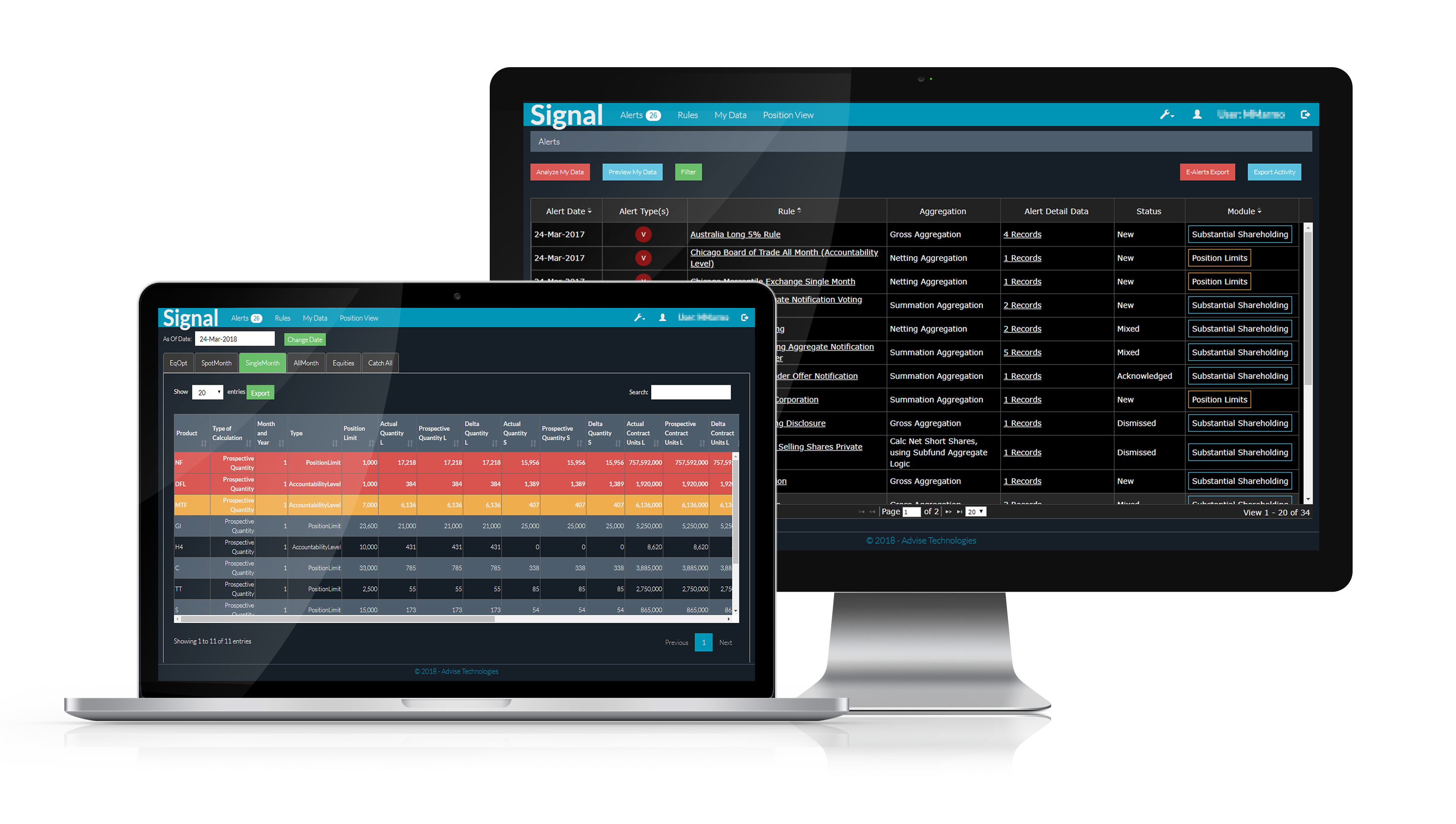Suggestions on Global Threshold Monitoring
 On the heels of several European events focused on shareholder and position limit monitoring, we shifted to Miami, Florida and the Ascendant Compliance Solutions Strategies 2019 Spring Conference for another engaging session on the subject. (For an intro to the topic, see our previous blog post here.)
On the heels of several European events focused on shareholder and position limit monitoring, we shifted to Miami, Florida and the Ascendant Compliance Solutions Strategies 2019 Spring Conference for another engaging session on the subject. (For an intro to the topic, see our previous blog post here.)

JOIN US: Sign up for our upcoming Roundtables on Global Threshold Monitoring in Amsterdam, Dublin or London. Click for more info!
In many ways the discussions proved to be as different as the locales themselves. The Miami session was designed to be informal, freewheeling and interactive, featuring guest panelist Roman Korotun, a Senior Compliance Officer at Schonfeld Strategic Advisors. Handling a diverse set of compliance responsibilities for his growing firm, which invests across multiple asset classes globally, Roman was well-equipped to discuss the nuts-and-bolts of threshold monitoring, and offered many practical tips on the daily regulatory and data challenges he faces. Some of his suggestions:
- Be aware of not just the initial thresholds triggering reporting to regulators, but also the additional thresholds whereby your positions are disclosed to the public at large (which includes your competitors)
- To help analyze and keep track of changing regulations globally, find a compliance consultant, vendor or law firm (or all of the above, within your budgetary constraints) already well-practiced in handling this task
- Devote extra time and effort to understanding the disclosure thresholds for USA issuers, which in many ways are more complex than filing thresholds elsewhere.
In a reflection of the roundtable-like atmosphere in the room, Roman’s experiences were bolstered by valuable insights from attendees. These reflected both well-established concerns faced by many asset managers (for instance, a cautionary tale about a late filing in Sweden that triggered its notoriously strict sanctions regime), as well as more nuanced issues (such as the effect of France’s Loi Florange statute on calculation of notifiable voting rights held).
As always, the role of data played a large part in the session. For this critical aspect my colleague Mike Marmo, Product Head at CSS, leveraged the close-knit setting by diving into details on capturing various forms of data required for global compliance. As Mike noted, sourcing regulators’ takeover panel lists, vendor data on listed securities, position limit files issued by trading venues, and pan-European databases created by the European Securities and Markets Authority (ESMA) present their own unique challenges for investment managers. Mike also discussed how changes resulting from Brexit would affect data released by the UK’s Financial Conduct Authority as well as by ESMA. Fresh from a European road show encompassing managers in Stockholm, Dublin and London, Mike enlightened the room by offering real-time information on how the industry is currently tackling these issues.
To learn more about our position limit monitoring and shareholding disclosure solution, please visit our Signal page.
[post_cta header=”What can Signal do for you?” intro=”Read our Shareholding Disclosure case study” button=”Download” button_link=”#casestudy–signal” button_link_type=”modal”]
[post_cta header=”Join the Signal mailing list” intro=”Sign up to our mailing list to have the latest regulatory updates delivered directly to your inbox.” button=”Submit” button_link=”#newsletter–signal” button_link_type=”modal” xclass=”cstrat-product__cta–alt”]



